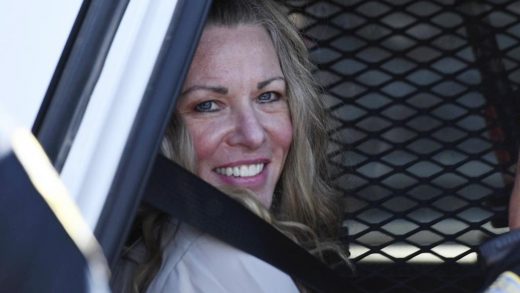
The newest section of Marlborough’s Whale Trail will showcase landscapes the public has never seen before, say the route’s project managers.
At a small celebratory event on Friday, members of the Whale Trail committee were joined by stakeholders from KiwiRail, Waka Kotahi and Te Ātiawa o Te Waka-a-Māui to mark the progress of the 220km walkway and cycleway that would eventually stretch all the way from Picton to Kaikōura.
Vicki Nalder, trail construction manager, said the new 3km stretch between The Elevation, near Picton, and Lindens Rd would offer cyclists a safer, more scenic way of travelling from Waitohi to Blenheim.
“At the moment, if you were coming off the ferry you would always just use State Highway 1. But we’ve been able to use the land adjacent to the railway track, so you’ll now go behind [a] hill and go the back way, down Lindens Rd, which is much quieter, more scenic and a lot safer for cyclists heading south,” she said.
READ MORE:
* Whale Trail goes rail trail as work on new cycleway reaches South Marlborough
* Funding gives iwi boost to preserve history and knowledge
* ‘Clip-on’ cycle bridge the first stage of Whale Trail construction
Joanne Nikolaou, project manager for KiwiRail, said the route would give users access to places normally off-limits to the public.
”This is the first time people have had to go behind the hills. This whole development and idea is quite unique, in opening up a whole part of the country and letting people be able to see it in a way they never envisioned,” she said.
“A lot of the places the trail goes through are currently areas that people can’t access, so they’ll get a really unique experience of New Zealand, particularly this part of New Zealand.”
Nikolaou, who was based in Christchurch, said there was a lot of excitement about the Whale Trail further south.
Anthony Phelps/STUFF
Nigel Muir, right, speaks about the progress to guests at the start of the new 3km stretch of trail.
“Way down south, people are excited about coming here, and are planning to do this trail. It’s similar to people wanting to do the Milford Track, it’s an achievement in life, it’s a bucket list thing and people are really excited about this happening here,” she said.
Nigel Muir, the Whale Trail’s project manager, said the event was a great chance to meet and discuss the project with the other agencies involved.
“This is acknowledging that we’ve got another piece of the trail completed, it’s another important piece of the jigsaw as we continue to march south.”
Anthony Phelps/STUFF
Vicki Nalder, third from left, explains the lay of the land to guests on the latest stretch of the Whale Trail.
Muir said the latest stretch was covered in brambles and gorse up until a few weeks ago before they were removed and replanted with native shrubs.
“We have a pretty ambitious planting programme for the Whale Trail; we want to put 100,000 native plants in the ground and these are the first 450 that have been locally sourced,” he said, pointing to the newly planted bushes.
The project was first floated as a tourism boost after the 2016 earthquake, and gained Government funding in 2019 and 2020. Earlier this year work started to restore an old car bridge over the Awatere River in South Marlborough for the trail, one of several major river crossings.
Wilson Fisher/HML Engineering
A time lapse of a cycle and walkway being clipped onto the Wairau River bridge, to help form the Whale Trail from Picton to Kaikōura.
Muir said about 69km, or about a third of the 220km Whale Trail had now been finalised, but said there was still work to do in managing “delicate” cultural and ecological discussions with landowners along the proposed route.
Muir said Te Ātiawa o Te Waka-a-Māui, Ngāti Kuia, Ngāti Toa Rangatira Ki Wairau, Ngāti Rārua and Te Rūnanga a Rangitāne o Wairau iwi were all heavily involved in the project, as parts of the trail, at some stage, passed through their rohe (territories).


